
views
Moving Stealthily
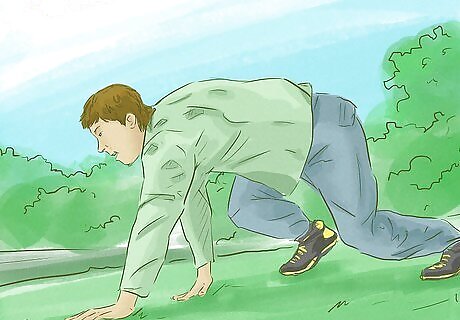
Walk like an animal. You know how forest animals like deer and mountain lions can move through the woods without causing a stir? People, on the other hand, tend to tromp noisily through the woods, alerting others to their presence from half a mile away. The key to moving like an animal is to be tuned in with your environment. Be aware of the terrain through which you're moving, and try to flow with it instead of moving against it. Notice your surroundings. If there's a low-hanging branch up ahead, carefully crouch under it instead of blazing through and causing the leaves to rustle. Walk where there's cover. Whether you're walking through trees, buildings or furniture, stay close to cover, like an animal would. Don't walk in open areas where it's easy for you to be seen. Have steady movements. Think of the way a cat moves when stalking its prey. Move your body in a steady rhythm so that the sounds you make are steady, too. Random sounds will be more noticeable. Go on stealth runs and practice moving as quietly and unnoticeably as possible. Don't worry about how fast you're going.
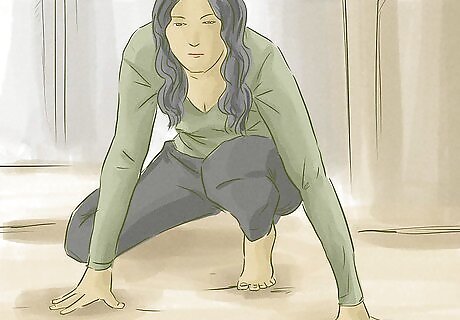
Move close to the ground. When you crouch close to the ground, you exert less force with each footstep, making it possible for you to walk almost soundlessly. Practice walking in a crouched position, absorbing the weight of your body with your knees. Engage all of your muscles.
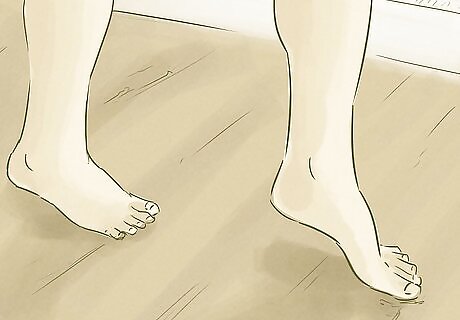
Walk toe to heel. Stepping down with your heel first usually produces a "thud" that others can hear. It also prevents you from being able to crouch easily and distribute your weight evenly across your body. Walk toe first so you can move quietly and fluidly over any terrain. This will feel unnatural at first, so it's important to practice often before you have to put your stealthy moves to the test. You can run toe first, too. It's easier to do this barefoot or with minimalist shoes that don't have a lot of cushioning. Your body will naturally tend to lead with the balls of your feet rather than striking the ground forcefully with your heels.
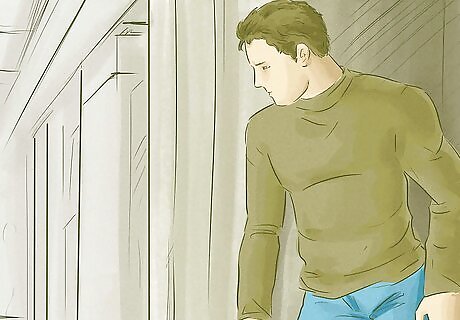
Flow with the terrain. When you're trying to be stealthy, walking the straightest line from point A to point B isn't always the best idea. Consider what path will get you where you need to go with the least chance of being seen or heard. Look for a way to get there without crossing someone else's path, spending too much time out in the open, or stepping on things that might make noise. If you're in a forest, walk along game trails or dirt paths mostly clear of leaves and sticks. Watch out for puddles, gravel, rustling bushes, and crackly sticks. If you're on city streets, edge along buildings and weave through alleys. Cross the street with large crowds of people. Avoid gravel, metal grates, and wooden boardwalks, which tend to be loud. Avoid areas where your footsteps might produce an echo, like tunnels and underpasses. If you're indoors, weave through large items of furniture. Stay out of rooms that have a lot of clutter. Take back entrances instead of front doors. Choose carpeted rooms and staircases instead of hardwood floors and stairs. If you are walking up wooden stairs, try stepping in the middle of the stair at the edge. It's structurally the strongest point on the stair and should reduce creaking to a minimum. Do not follow roads if you are running from a car. This should be obvious, but you would be surprised.
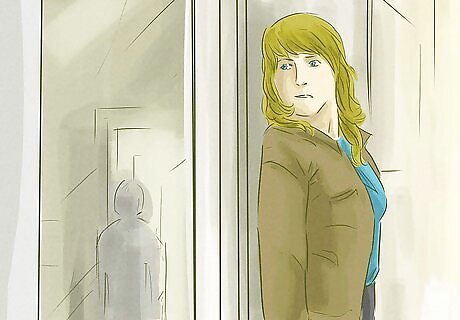
Know when to be still. If you're following someone from behind or trying to move to a new position without being seen, there will be moments when stillness is your greatest stealthy asset. When it's clear that someone heard you break a twig or graze a piece of furniture, find cover and stay as still as a log. Wait patiently until the person keeps walking and no longer seems aware of your presence, and then take extra care to move quietly to your destination.

Control your breathing. Breathe slowly and evenly to avoid being heard. Breathe through your nose instead of your mouth. If you're out of breath, try making your throat as wide as possible while remaining comfortable. It may sound strange, but it works. Practice makes perfect. If you're sneaking for the first time, you may be scared of getting caught, which could cause your breathing to quicken. If you feel panicked, try imagining that you're on a beach on a nice, warm, sunny day, or go to another "happy place" in your mind. Stay there until you feel calm.
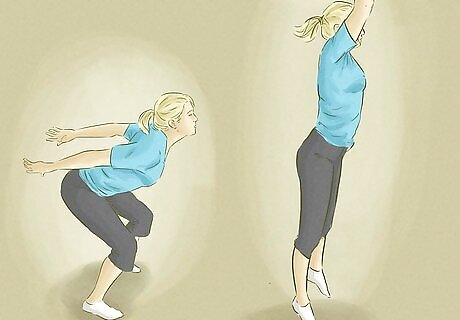
Practice soft landings. When you need to jump over obstacles like fences or benches, land softly by allowing your whole body to absorb the impact, not just your feet and knees. Land on the balls of your feet and immediately move into a crouch. Look for a landing spot clear of noisy materials like leaves or rocks.
Wearing Stealthy Gear

Choose stealthy footgear. Your footgear can either aid your quest for becoming stealthy or be a dead giveaway of your presence, every time. You need to choose the proper footgear for the environment in when you'll be moving. Practice walking and running in your chosen footgear often, so you'll get used to the tiny noises it makes. If you're in a house, it's best to wear socks, as they are soft, and they are comfortably fitting. Going barefoot is also a good option, unless the floors are wood. Depending on your natural tendencies, sweat and excess moisture may cause you to slightly stick to the floor. This doesn't hinder your pace, however if it is dead quiet, like the middle of the night, and a target is near, the tiny 'schluk' noises your foot may make can be very detrimental. Wearing socks is nearly always your best bet indoors. Carry your shoes with you and put them on when you're clear of the house. If you're in a place with lots of grass or leaves, use socks or go with bare feet, carrying your shoes, however be wary about going barefoot in an area containing many rocks, glass/bottles, or patches of spiny plants. The last thing you want is a bleeding or painful foot while trying to sneak away. You could also wear toe shoes or water shoes, but be careful: if these types of shoes get soaked, they can emit a "squish" sound as your foot hits the ground. To cross a rocky place (pebbles, gravel, etc.), you must use a pair of thick socks or bare feet. Soft socks and bare feet cushion the impact, but shoes will push the stones down and out, making the sound of rocks moving. For walking in a mixed environment, like a suburban street with a road, gravel, and grass, wear running shoes with soft, flexible soles. Be careful not to walk flat-footed with these shoes.
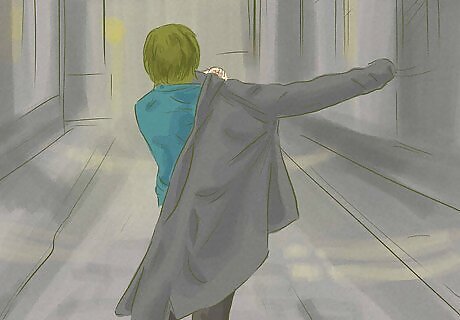
Wear clothing that camouflages you. The clothing you choose should match the colors of the terrain you'll be crossing, and the time of day should also be taken into account. Wear darker colors at night, and earth tones during the day. Choose fabrics that are comfortable and don't make swishy sounds. Cotton is always a good choice, and soft polyester fabrics also work well. If you're walking around at night in a city, tight black clothing will do. If you're in a natural area (a field or forest) wear loose clothing to distort and break up the human figure. Wear dark browns and greens instead of black, because black stands out. Don't wear anything that will reflect light. Remove shiny jewelry, and try wearing contacts instead of eyeglasses. Try not to wear heavy gear. All it will do is fatigue you and make it harder to move. This will also make more noise.
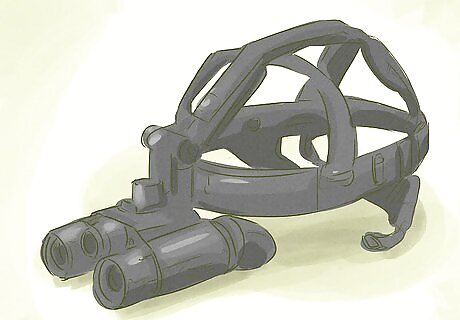
Consider investing in some eye gear. Night vision or infrared goggles are useful for helping you see in the dark. Binoculars may also be useful if you need to see objects that are far away.
Having Successful Missions
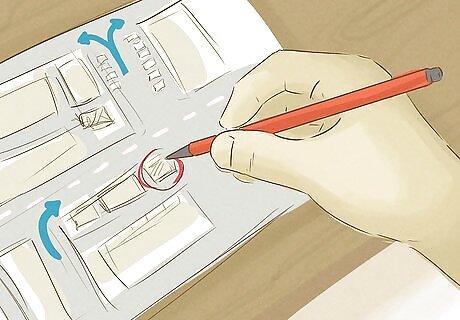
Know your area. Walk the area in the light of day and take note of the lay of the land. Draw out a map of the area you'll be covering and be sure to study it before you embark on your mission. Make it as detailed as possible, drawing every object that could be an obstacle or a source of shelter - groves of trees, empty sheds, dumpsters, and so on.
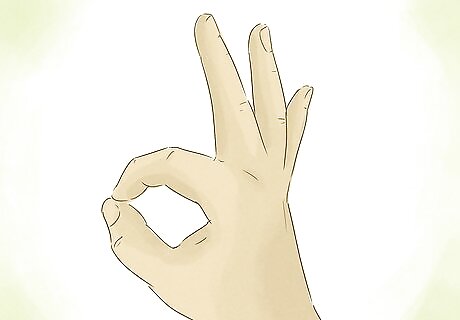
Create hand signs to communicate. If you're going out with a friend, you won't be able to call to one another. Learn sign language or make up your own hand signals to help you navigate the territory without speaking.

Use the bathroom before leaving for your excursions. Have you ever played hide-and-seek and been in an excellent hiding place, then suddenly get struck with the urge to relieve yourself? Often the suspense and excitement of being found out, regardless of the situation, will stimulate a reaction in the bowels and bladder. Even if you feel no need to use the facilities ahead of time, it is still a good idea.
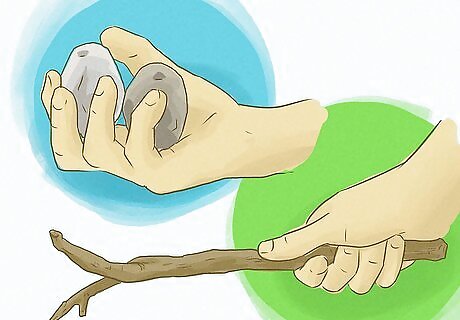
Use distraction techniques if necessary. Bring a couple tiny, solid objects that you can throw and that are capable of making some sort of noise. Make sure that they are natural objects like rocks or something that goes with the environment; otherwise the person you are trying to distract may get suspicious. Throwing something can be used as a quick diversion if someone in the vicinity of where you are sneaking thinks they saw something moving or heard something unusual. Take one of the objects out quickly and throw it at the nearest hard surface that is in the opposite direction to create noise. If the noise you made was louder than the one they think they heard, they are likely to look at where that noise came from, allowing you to slip away undetected. You can pick up a stick or another object and throw it in a certain direction. The person will move to inspect it while you go in the opposite direction. Just remember that if the object is too big, the person looking for you might see it and find out not only that you're there, but also the direction it was thrown from.
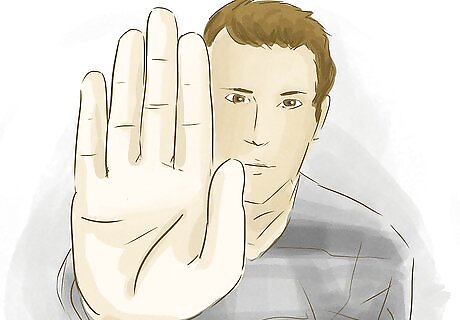
Don't do anything illegal. Don't enter private property without permission, and don't use these guidelines to burglarize a home. If you're doing something illegal, you will most likely get caught. Remember that movies are fiction, and thieves only get away because it furthers the plot. Do not go into any areas with fake weapons (Airsoft, Nerf, etc.). If you do use airsoft, make sure any gun is not loaded.

Know what to do if you get caught. If you are sneaking in a yard belonging to someone you do not know and someone yells at you, don't panic. It is a natural instinct to freeze in panic and breathe heavily. Have a story ready or explain that you were just playing a spy game with your friends. Keeping a small ball with you can be handy. If you spot someone, a good trick is to hold up the ball and explain that it had landed in that yard.
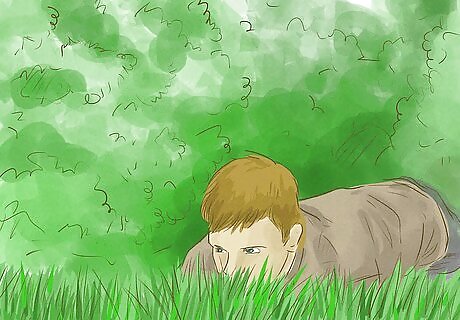
Don't be afraid to get dirty. Be prepared to roll through grass and dive into ditches if you need to hide quickly.

Embrace the thrill. It's thrilling to go somewhere you do not belong just because you can, with no ill intentions. This may seem odd, but it is true to many people who take part in "Urban Adventuring." If you can't get out at night for the extreme experience, try free running. A fun thing to do with a (stealthy) friend is to set an objective, like getting to a cookie jar in a remote place. It should be something that can be done quietly, but perhaps not easily, such as removing an object from a container. With a friend, sneaking creates intense, exciting memories.
















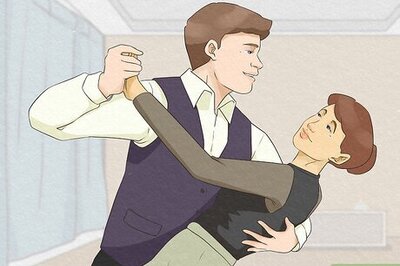

Comments
0 comment